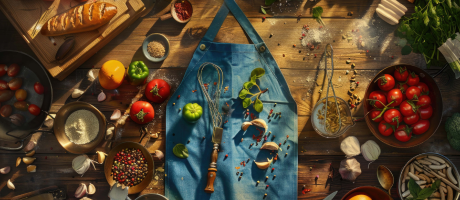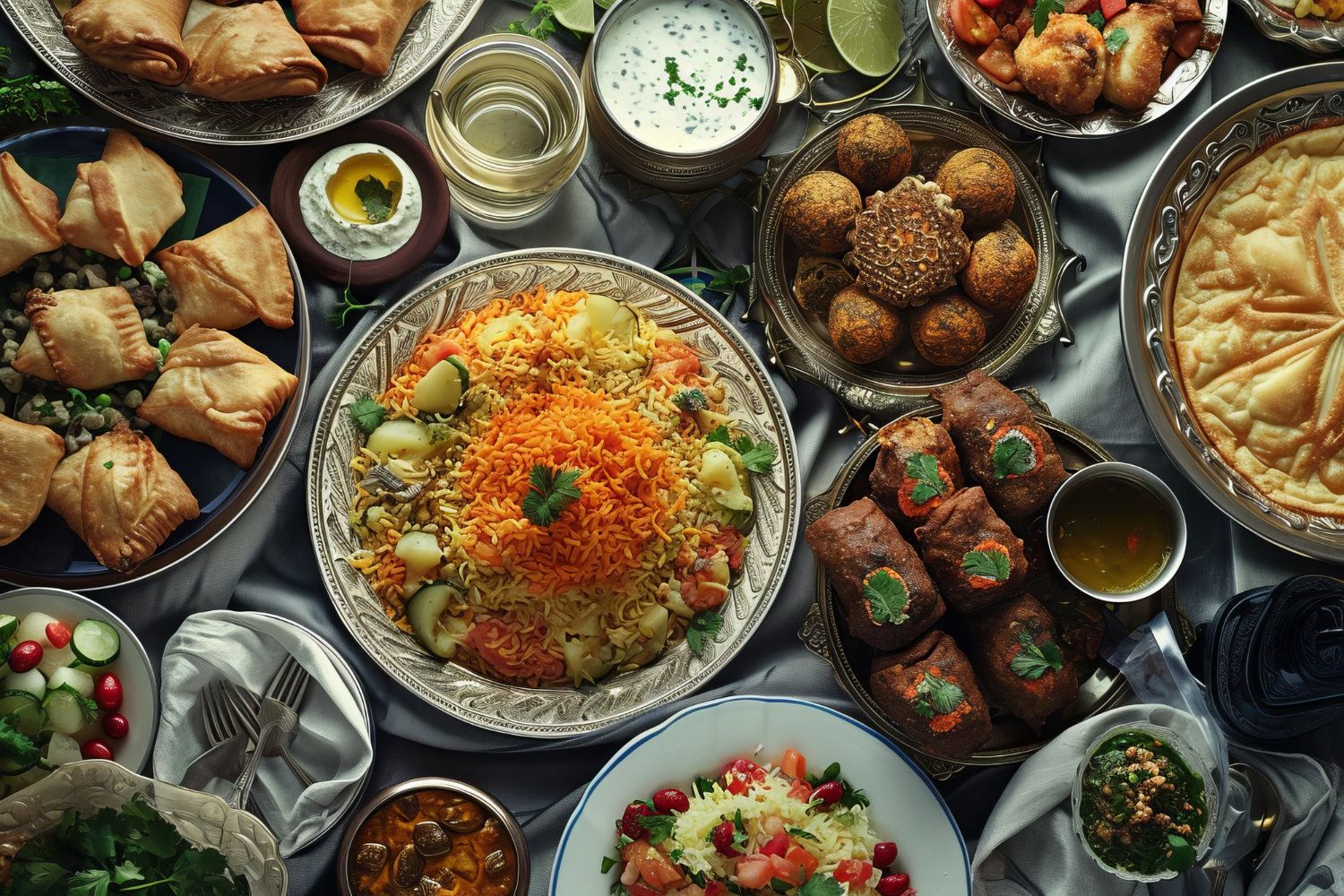Blog Posts & Blog Archives
All Blogs / food-and-taste
The History of Food From Ancient Agriculture to Modern Food Revolutions
: Explore the evolution of food from ancient agriculture to modern innovations, highlighting significant food revolutions and cultural symbolism.
Tuesday, June 25, 2024
The History of Food From Ancient Agriculture to Modern Food Revolutions
Food is not just a means of survival; it is a fundamental aspect of culture, economy, and history. The evolution of food spans from the dawn of agriculture to contemporary food revolutions, influencing societies in profound ways. This blog explores the rich history of food, its agricultural roots, significant food revolutions, and the symbolic meanings attached to food across different cultures.
The Dawn of Agriculture
Early Agricultural Practices
The history of food is deeply intertwined with the development of agriculture. Around 10,000 BCE, the Neolithic Revolution marked the transition from nomadic hunter-gatherer societies to settled agricultural communities. This period saw the domestication of plants and animals, leading to stable food supplies and the establishment of early civilizations. Key crops such as wheat, barley, rice, and maize were cultivated, laying the foundation for human development.
Impact on Society
Agriculture allowed for population growth, the establishment of permanent settlements, and the development of complex societies. It facilitated trade, the accumulation of surplus food, and the rise of specialised professions. The ability to produce and store food surplus played a crucial role in the advancement of human civilizations.
Significant Food Revolutions
The Columbian Exchange
The Columbian Exchange in the 15th and 16th centuries was a pivotal event in the history of food. It involved the transfer of plants, animals, and food products between the Americas, Europe, Africa, and Asia. This exchange introduced new crops and livestock to different parts of the world, profoundly impacting diets and agricultural practices.
New World to Old World
● Potatoes and Maize: These staples from the Americas became crucial crops in Europe, Asia, and Africa, significantly contributing to population growth.
● Tomatoes and Chocolate: These products revolutionised cuisines, particularly in Europe.
Old World to New World
● Wheat and Sugarcane: These crops transformed agricultural economies in the Americas.
● Livestock: The introduction of horses, cattle, and pigs had a lasting impact on agriculture and lifestyle in the New World.
The Green Revolution
The Green Revolution of the mid-20th century marked another significant food revolution. It involved the development and adoption of high-yielding crop varieties, advanced irrigation techniques, and synthetic fertilisers and pesticides.
Benefits
● Increased Food Production: The Green Revolution led to a dramatic increase in food production, particularly in developing countries, helping to alleviate hunger and boost economies.
● Technological Advancements: It spurred innovations in agricultural technology and practices.
Criticisms
● Environmental Impact: The intensive use of chemicals and monoculture practices led to environmental degradation.
● Socioeconomic Disparities: The benefits were not evenly distributed, often favouring wealthier farmers and exacerbating inequalities.
Food Symbolism Across Cultures
Food is laden with symbolic meanings, often reflecting cultural values, religious beliefs, and social structures.
Religious Symbolism
● Christianity: Bread and wine are central to the Eucharist, symbolising the body and blood of Christ.
● Hinduism: Food offerings, or prasad, are an integral part of worship and rituals, symbolising devotion and gratitude to deities.
Cultural Symbolism
● China: Rice is a symbol of fertility and life. The act of sharing a meal embodies familial unity and social harmony.
● Japan: The tea ceremony, or chanoyu, is rich in symbolism, representing harmony, respect, purity, and tranquillity.
Social Symbolism
Food often signifies social status and identity. Elaborate feasts and banquets have historically been used to display wealth and power. In modern times, food choices can reflect personal values, such as vegetarianism or veganism, which are often tied to ethical and environmental concerns.
The Situation of Modern Food
Technological Innovations
Advances in technology continue to revolutionise the food industry. Innovations such as genetically modified organisms (GMOs), vertical farming, and lab-grown meat are shaping the future of food production and sustainability.
Globalisation and Fusion Cuisine
Globalisation has led to the blending of culinary traditions, giving rise to fusion cuisine. This has enriched food culture, offering diverse and novel gastronomic experiences. However, it also raises concerns about the homogenization of local food traditions.
The Slow Food Movement
In response to the fast-paced, industrialised food production, the Slow Food Movement emerged, advocating for the preservation of traditional and regional cuisine. It emphasises sustainable practices, local sourcing, and a deeper connection to food.
Conclusion
The history of food demonstrates human creativity and adaptation. From the agricultural practices of ancient civilizations to the food revolutions that have shaped modern diets, food has played a crucial role in the development of societies. Its symbolic meanings reflect our cultural values and social structures, while technological innovations and global interactions continue to transform our relationship with food. As we move forward, understanding the historical and cultural significance of food can help us make more informed and sustainable choices, ensuring that food remains a source of nourishment, identity, and community.
Related Blogs
Top 7 Smart Healthy Eating Hacks for Busy Professionals in 2024
By reading this article, you will discover easy and practical eating hacks for busy professionals. Stay smart, stay healthy in 2024.
By WelinkJobs | Saturday, February 17, 2024
7 Best Pakistani Foods That You Should Try in Life At Least Once
Discover the 7 best Pakistani foods that you must once in your life, from spicy Sindhi biryani to sweet zarda. Get a taste of Pakistan's unique and delicious di
By WelinkJobs | Friday, April 12, 2024



